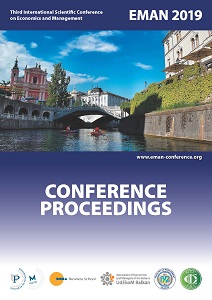COMPARATIVE ANALYSIS OF FEASIBILITY OF DIFFERENT CO2 STORAGE SCENARIOS
COMPARATIVE ANALYSIS OF FEASIBILITY OF DIFFERENT CO2 STORAGE SCENARIOS
Author(s): Maja Arnaut, Domagoj Vulin, Lucija Jukić, Daria Karasalihović Sedlar
Subject(s): Supranational / Global Economy, Green Transformation
Published by: Udruženje ekonomista i menadžera Balkana
Keywords: CO2-EOR;CUS;CO2 storage;flaring emissions;
Summary/Abstract: Carbon dioxide injection is the most used enhanced oil recovery (EOR) method and the benefit, besides additional oil recovery, which lies in the fact that in this process carbon dioxide retention in the reservoir occurs. Depleted reservoirs are more promising candidates for the carbon dioxide storage than aquifers and other geological formations since they are well characterized i.e., the reservoir properties are more certain because of the data gathering and reservoir model improvement during production lifetime. Since the hydrocarbon reservoirs retained fluids through geological time scale, they can be considered as proven traps that can retain fluids for a long time. Possibilities for CO2 storage (CCS) and usage for EOR (carbon utilization and storage, CUS) have been extensively evaluated, but comparison of economic parameters is hard to perform. This paper presents the impact of key parameters on hydrocarbon production and stored carbon dioxide. The threshold values for operating costs, capital investments, and discount rate were tested by ESCOM application, enabling the evaluation of different reservoir sizes and conditions in the reservoir for CCS and CUS.
Book: EMAN 2019 / 3 – Economics & Management: How to Cope with Disrupted Times - CONFERENCE PROCEEDINGS
- Page Range: 705-716
- Page Count: 12
- Publication Year: 2019
- Language: English
- Content File-PDF

